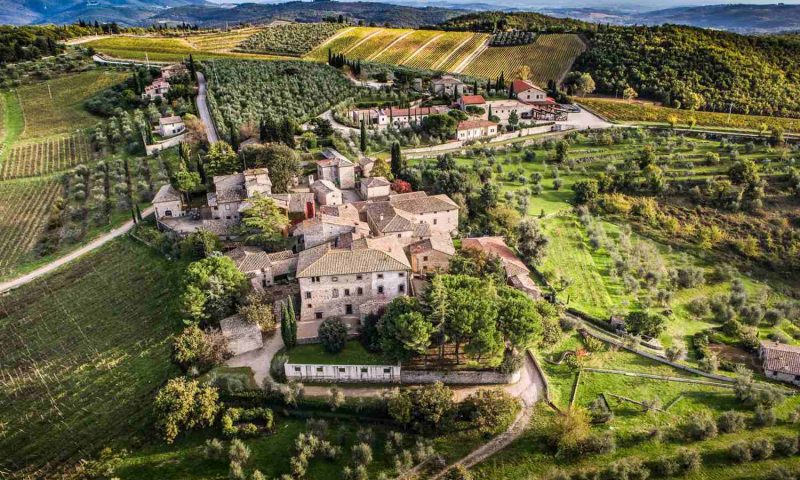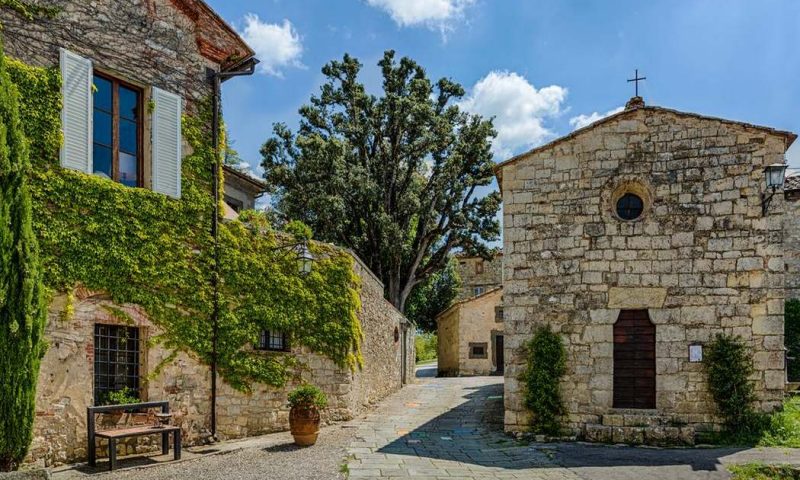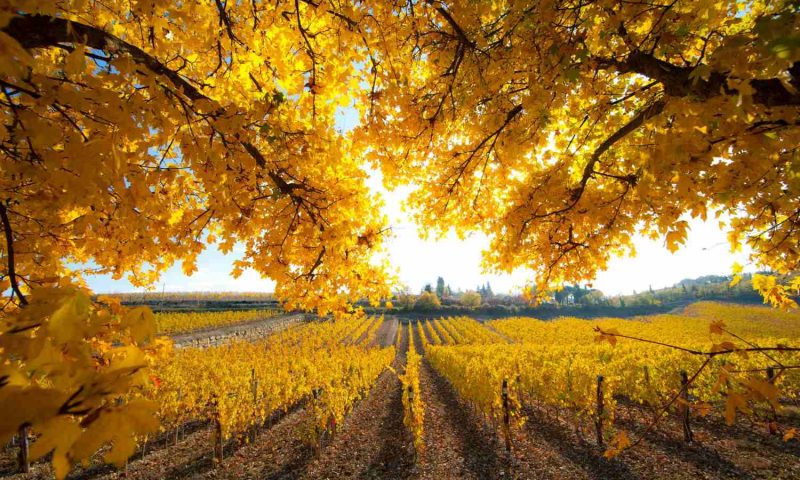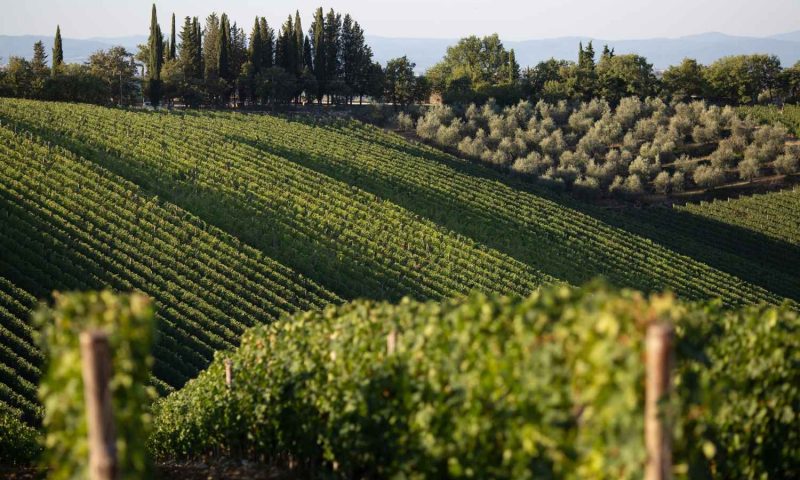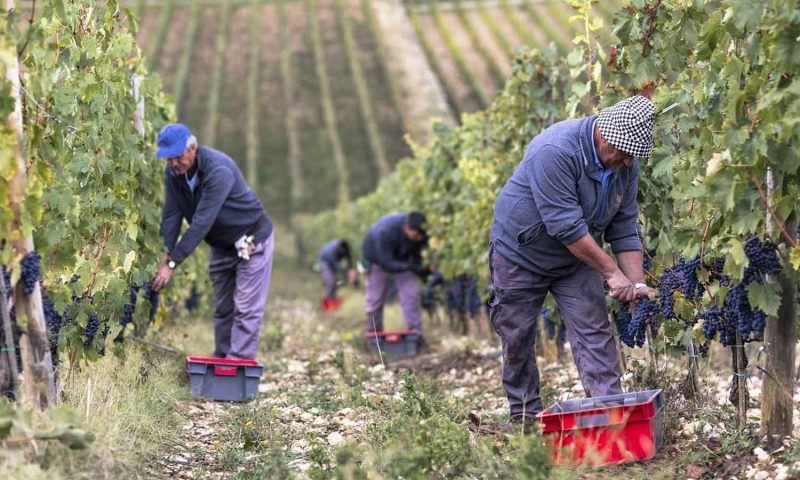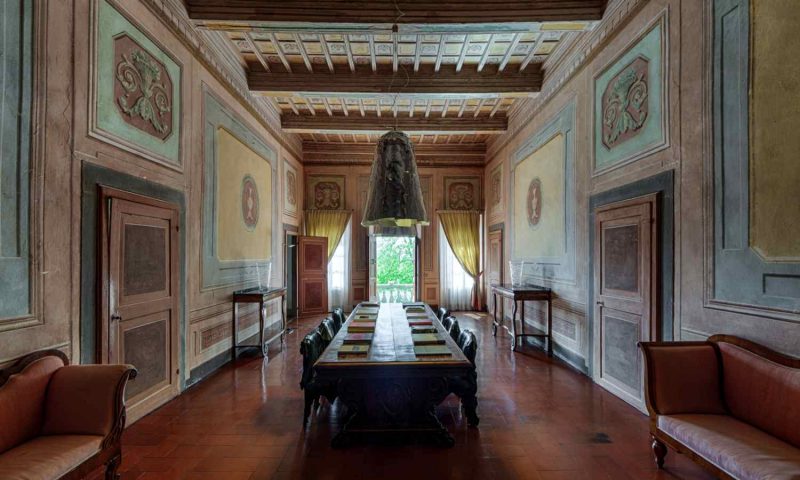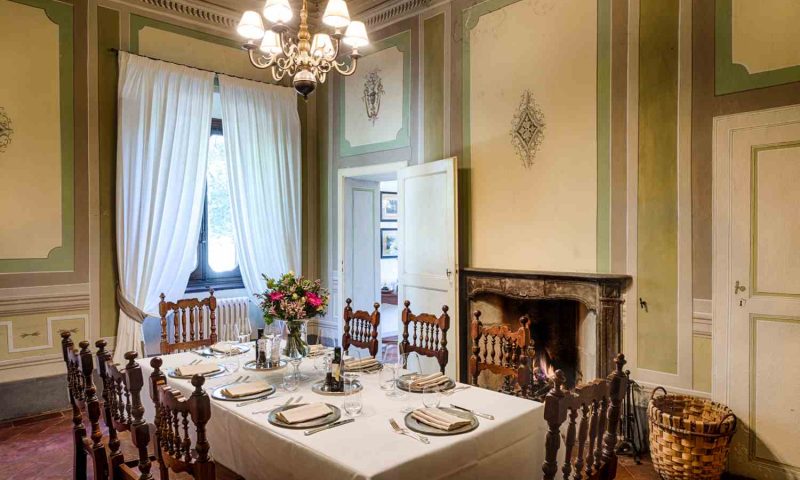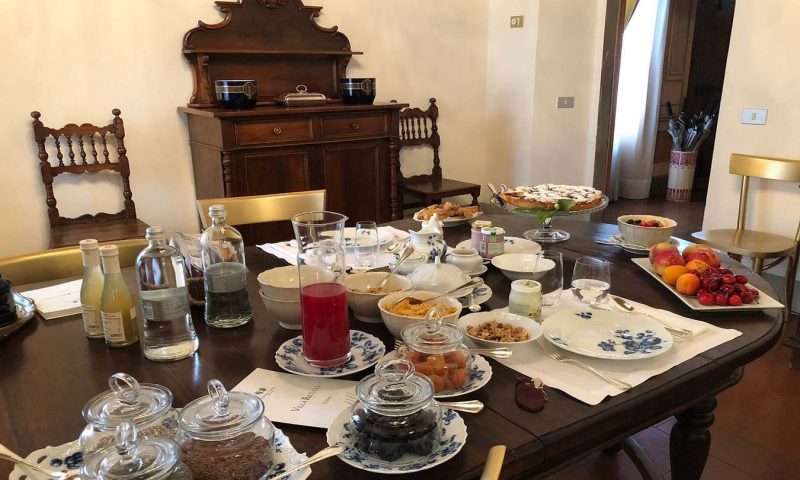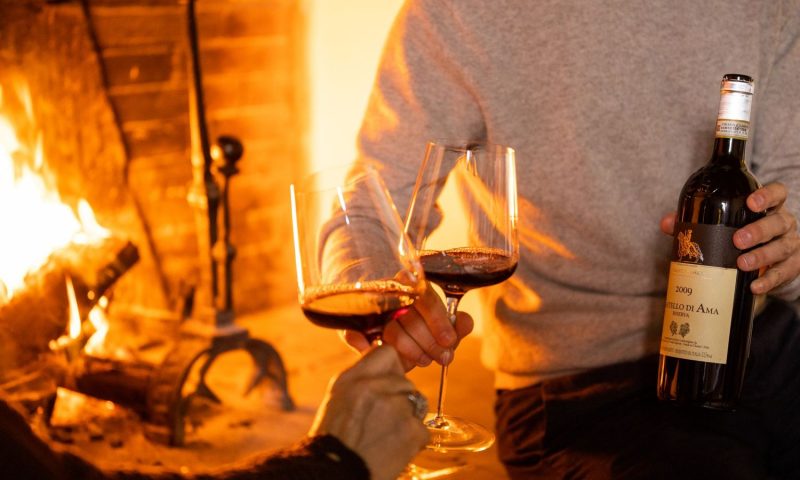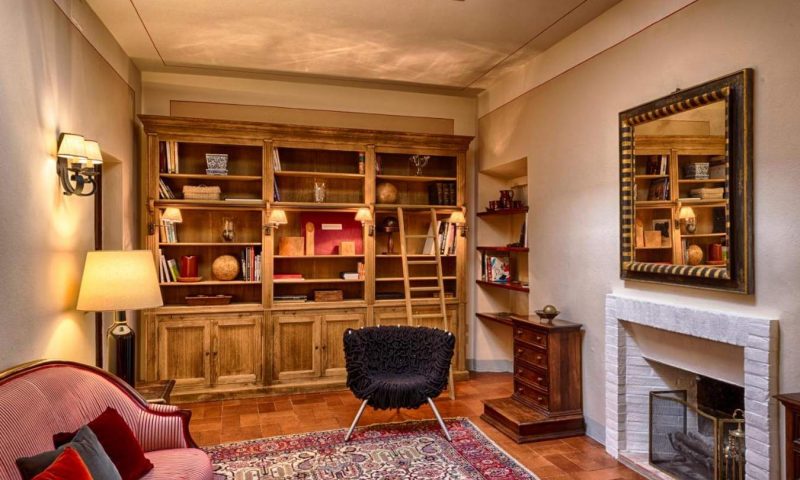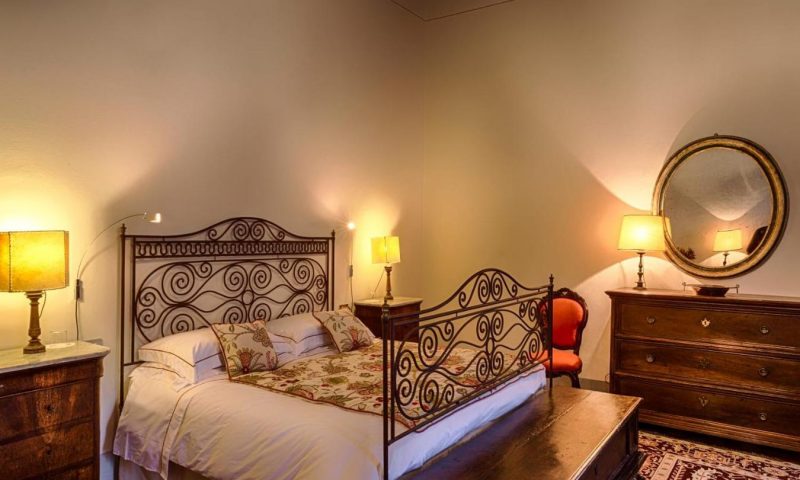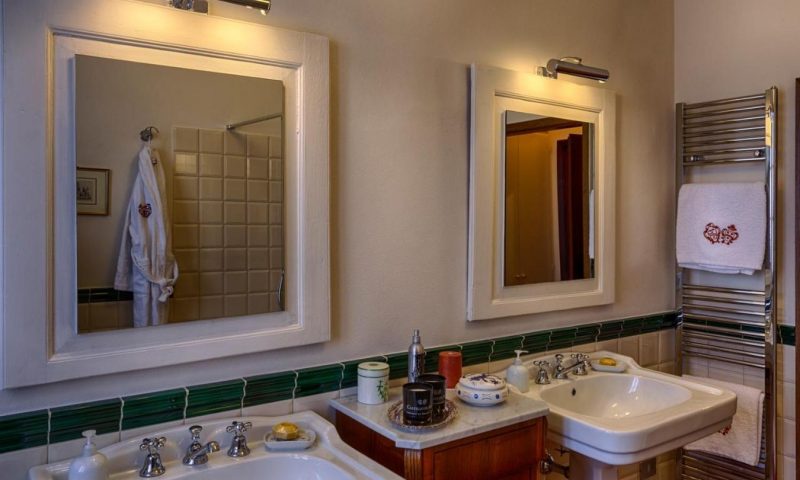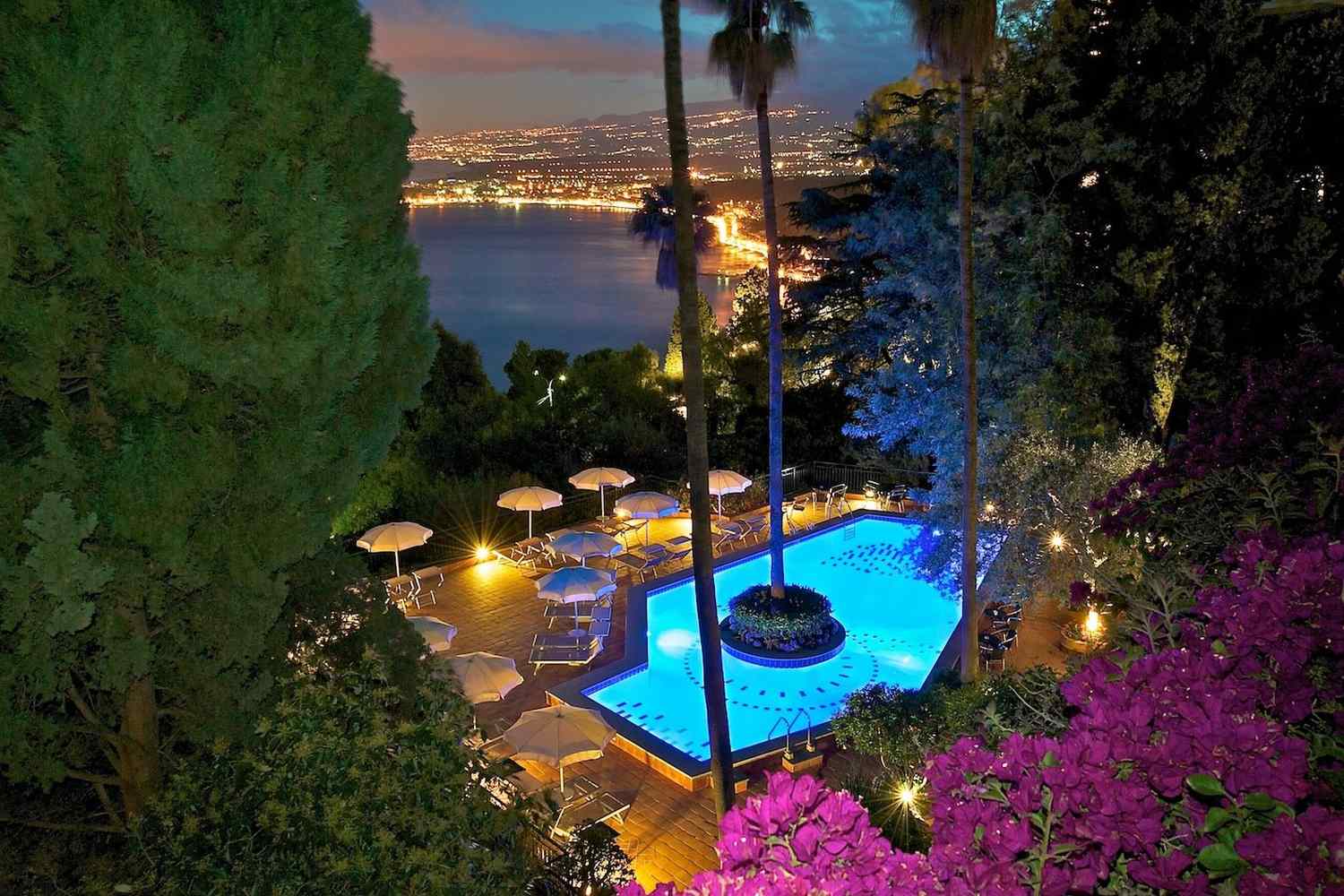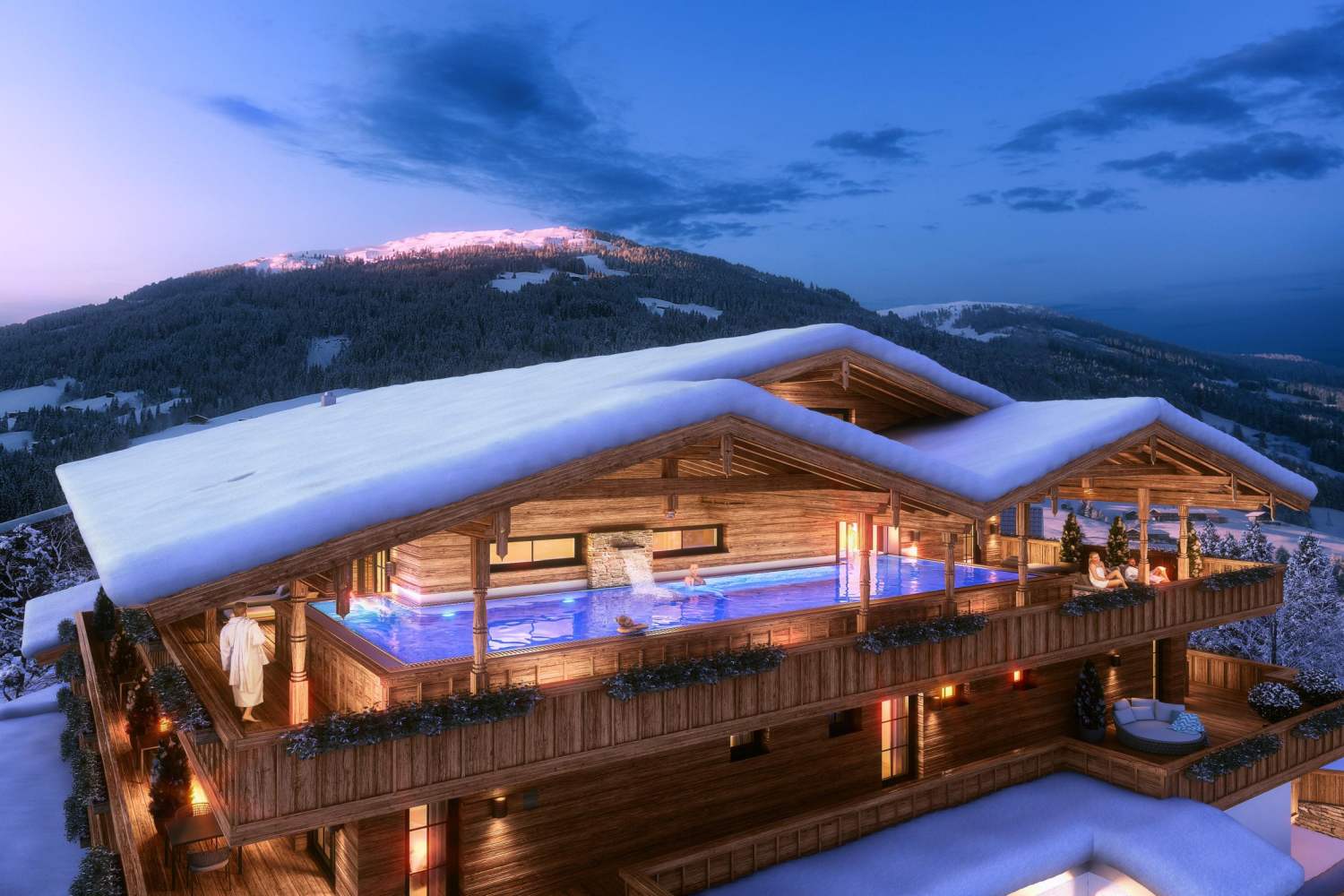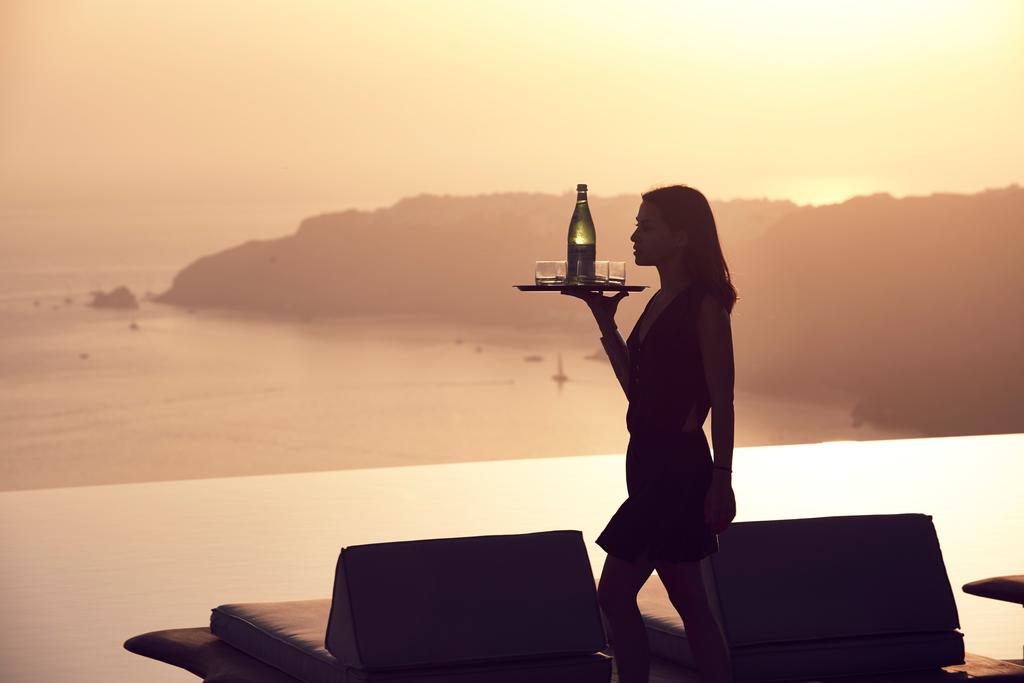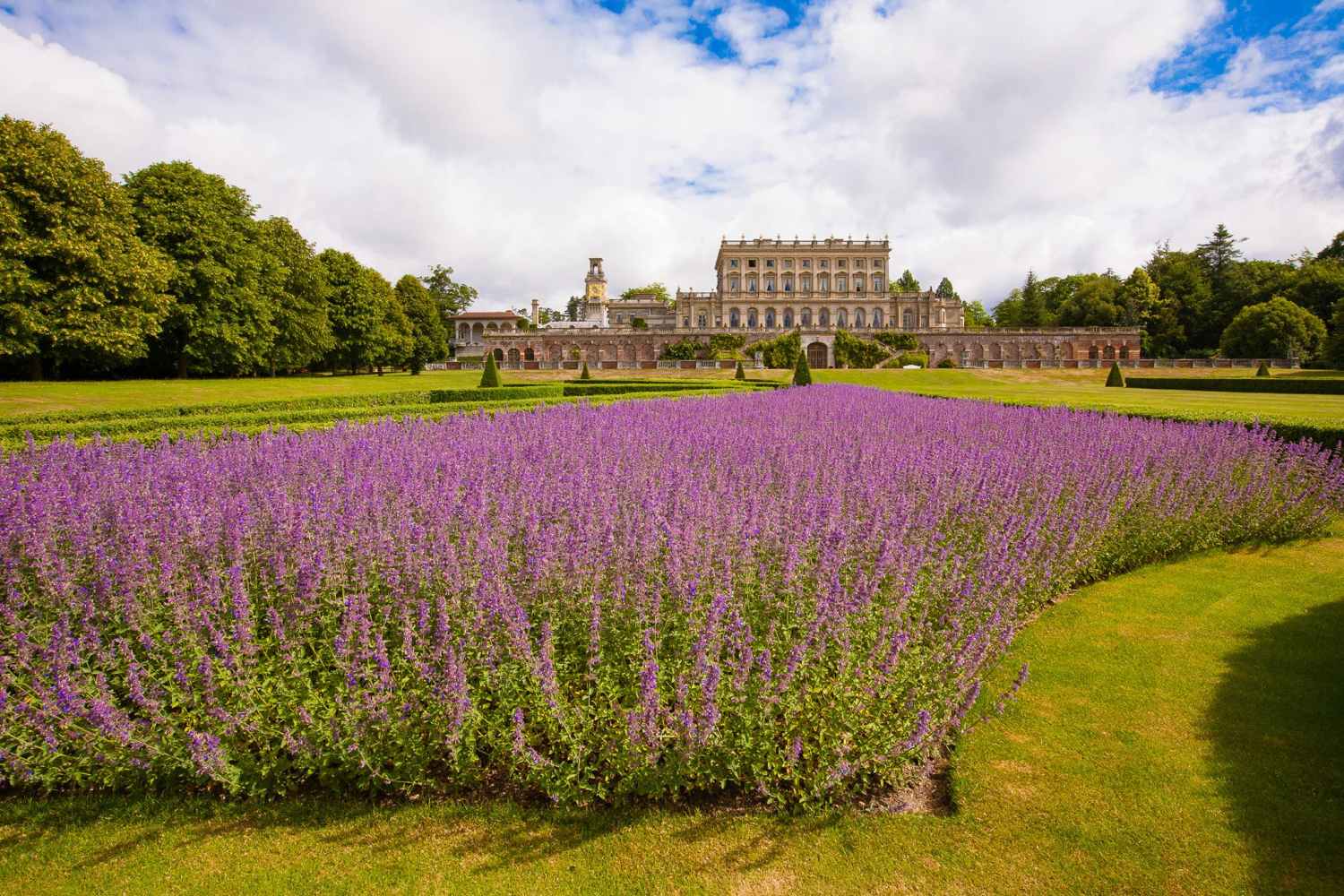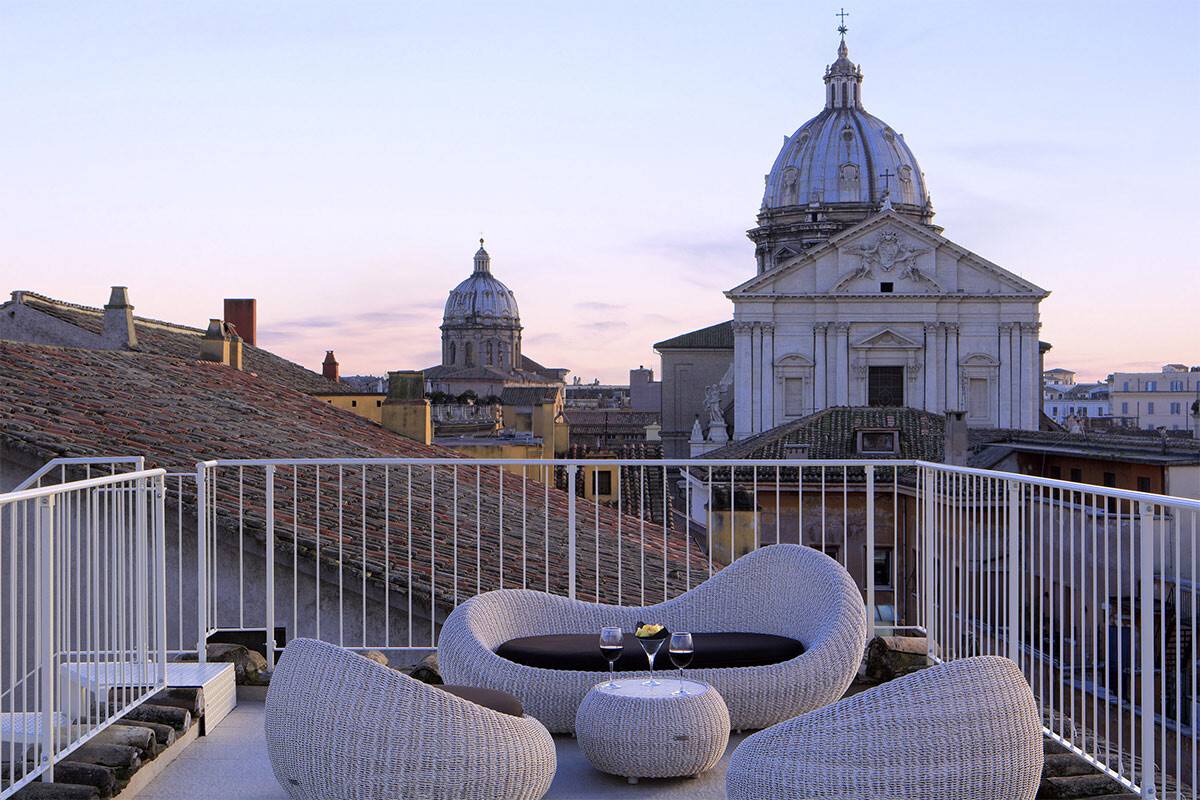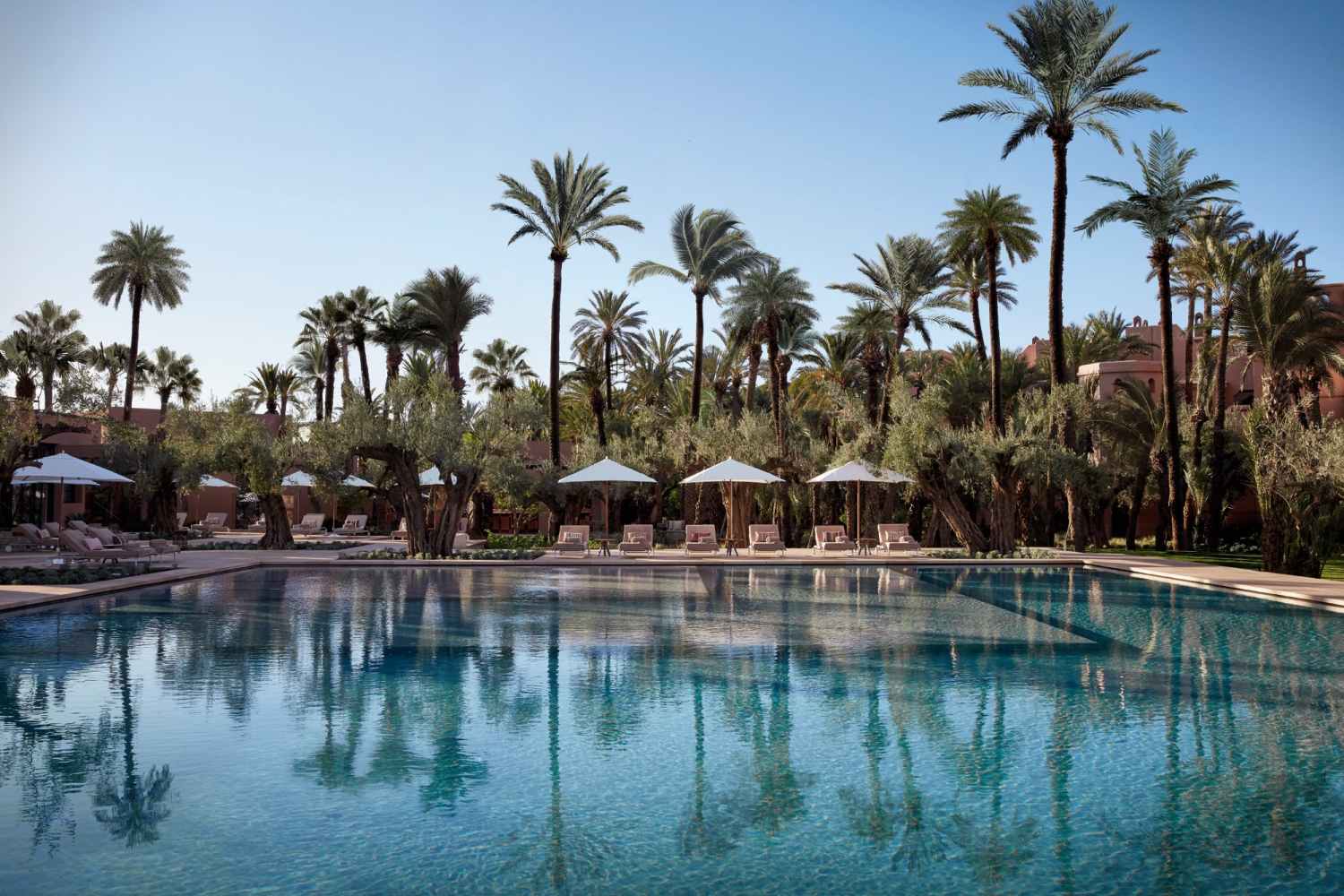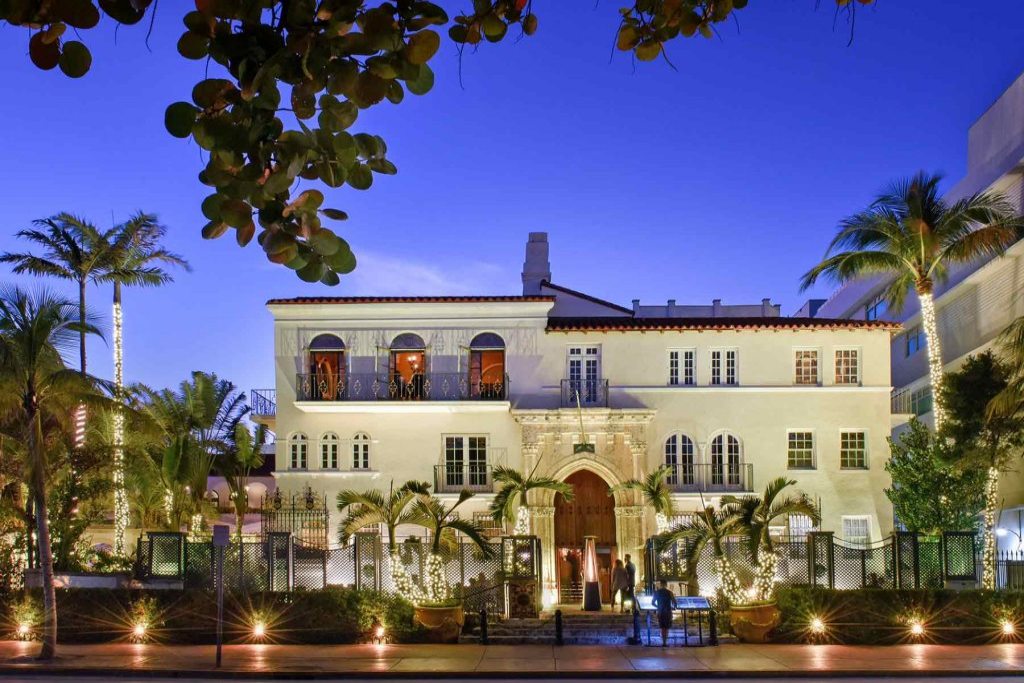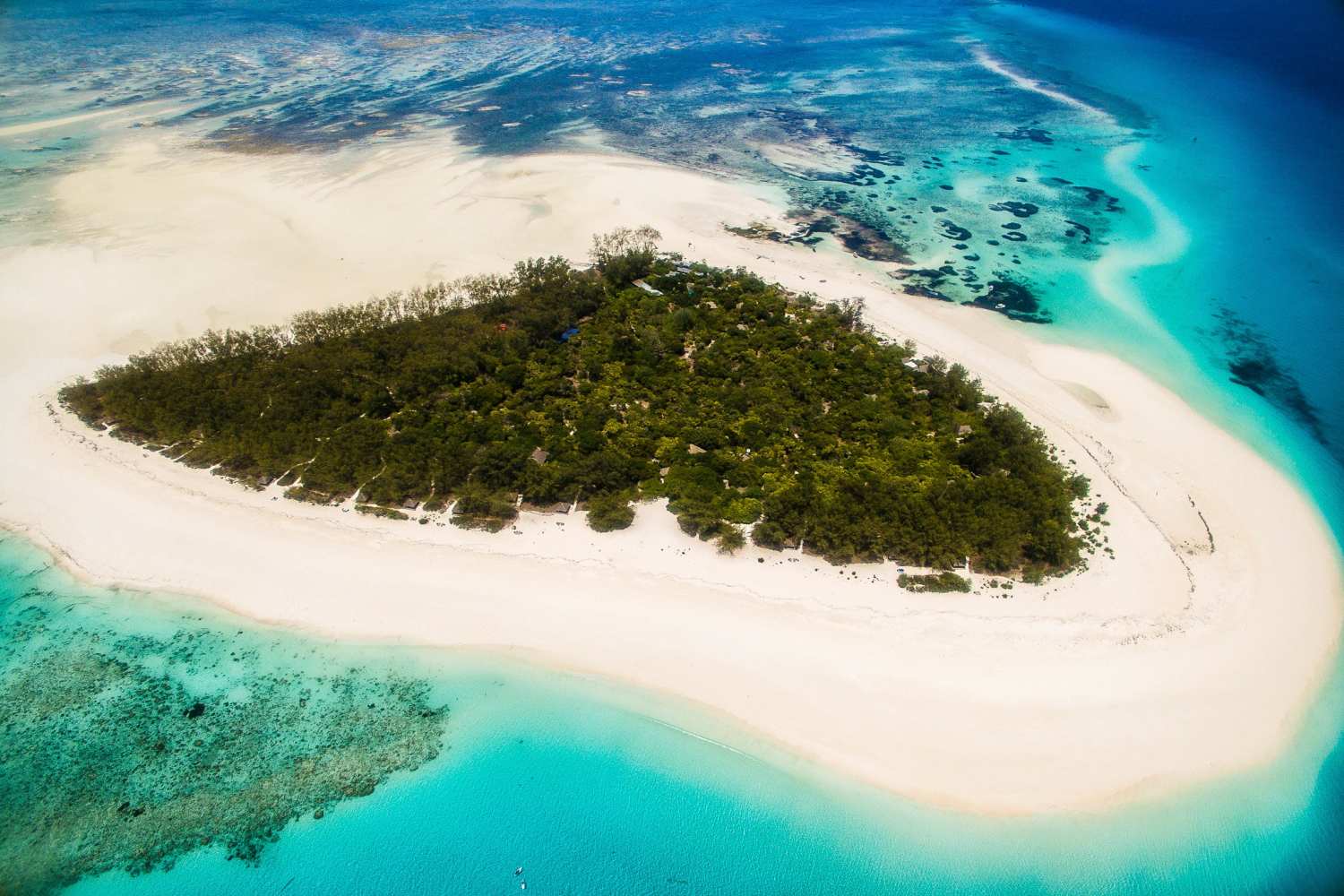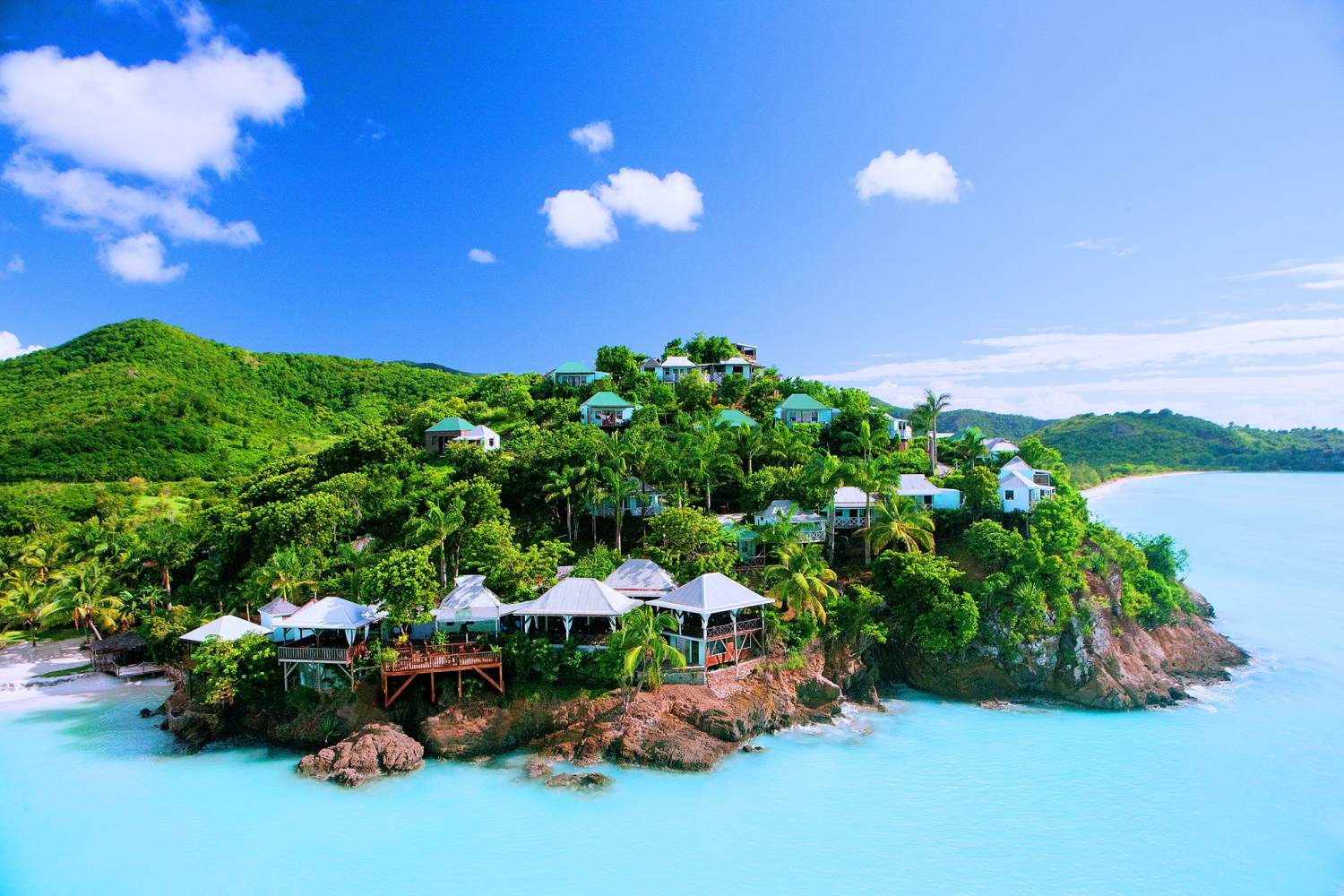Ama was alive long before it became our home. Art, landscape and the wisdom of wine have always co-existed in Ama. The Etruscan origins attest to the existence of a walled town in pre-Roman times.
Ama was owned by the Firidolfi family during the Holy Roman Empire. The castle, which stands in the denomination, was probably destroyed in the fifteenth century during the Aragonese invasions in the Chianti area.
In the early 1700s new dwellings were built, using the same stones, in the exact same spot where the castle had originally stood. Hence, the construction of the villas belonging to Pianigiani and Ricucci families, which now comprise the Castello di Ama estate headquarters.
A document dating to July 1773 contains a report by the Grand Duke of Tuscany, Leopold II, as the Governor of Tuscany, which praised the excellence of the hilly terrain.
The beauty of Ama spurred Tomaso Carini to oversee the rebirth of this land in the early Seventies, involving three friends (GianVittorio Cavanna, Pietro Tradico and Lionello Sebasti) in the project. A limited company was established, which would change the destiny of Chianti.
The four entrepreneurs, led by Cavanna, replanted most of the vineyards and built a modern fermentation cellar, which became an innovative model for the entire area. Marco Pallanti arrived in Ama in 1982, a young Florentine agronomist who became the estate’s winemaker after extensive technical training at the University of Bordeaux under the tutelage of Patrick Léon.
Lorenza Sebasti, the daughter of one of the owners, Lionello, took over the estate’s management in 1993. A 40-year labour together, Lorenza and Marco continue to share the same passion and vision. The second generation of the Carini, Tradico and Sebasti families are still represented in today’s company.
About 75 hectares under vine, around the village of Ama. The vineyards lie between 420 and 527 metres above sea level and extend across four valleys referred to by their traditional names of Bellavista, San Lorenzo, La Casuccia and Montebuoni. 320,000 bottles are produced on average every year, divided between Chianti Classico and IGT labels.
SAN LORENZO VINEYARD
The divine valley in front of the eighteenth-century villa is named after the fifteenth-century chapel in the village of Ama. It was purchased in 1972 and produced its cru of the same name between 1982 and 1990. It has become the heartland of the Sangiovese used to make Gran Selezione San Lorenzo.
At an altitude that varies between 466 and 525 metres above sea level, the vineyard covers 16.5 hectares and faces in an E/SE direction. The chalky soil contains a fair amount of clay-rich schist.
BELLAVISTA VINEYARD
The mesmerizing Bellavista valley welcomes visitors to Ama. Since the 1978 vintage, a cru has been made from the very best grapes grown in this vineyard. Covering a total surface area of 22.5 hectares, this S/SW facing vineyard consists of pebbly soil, mostly clay and chalk, and varies between 427 and 515 metres above sea level.
Chianti Classico Gran Selezione Castello di Ama Vigneto Bellavista is one of the oldest Chianti Classico wines. It has been produced since 1978 from the vineyard’s Sangiovese grapes (approximately 80%) with the addition of Malvasia Nera. Very few bottles are made in exceptional vintages.
A powerful and masculine wine that losing none of its elegance and extraordinary harmony. The complexity unfurls with the passing of time, leading to longevity.
L’APPARITA VINEYARD
The first purebred Tuscan Merlot. L’Apparita became an important cult wine in 1985, its debut year. The vineyard in front of the winery is called “L’Apparita” because the tower of Siena’s city hall appears in the distance at the highest point in the parcel.
The open lyre-trained vines extend across approximately 3 hectares at 501 metres above sea level. The rows are planted in a N/S direction. The progeny of a labour of love, this wine has always been produced in a limited number of bottles (with the exception of the 2002 and 2012 vintages).
The altitude and the clay and chalk soil composition bestow freshness and elegance upon the wine that, alongside power, harmony and longevity, have made this Castello di Ama cru an unparalleled jewel in the crown of international winemaking.
LA CASUCCIA VINEYARD
The stone walls of the striking terrace surrounding La Casuccia vineyard lie barely two kilometres north of the village of Ama. They were arranged in this way to ensure that the rows of Sangiovese face in a perfect N/S direction.
The clay soil contains a large amount of stones. The vineyard extends across 16.1 hectares at an altitude that varies between 483 and 527 metres above sea level. The Chianti Classico Gran Selezione Castello di Ama Vigneto La Casuccia is made from Sangiovese grapes (approximately 85%) with the addition of Merlot.
Only a limited number of bottles are produced in exceptional vintages. An intense wine with a complex and profound bouquet. Red berry aromas with tobacco, liquorice and mint nuances. Sublime opulence and elegance. This is a wine that ages spectacularly.
MONTEBUONI VINEYARD
Nestled on the slope of the hill parallel to the Bellavista vineyard, it is named after the village opposite. It was purchased by Castello di Ama in 1997. The area under vine extends across 14.7 hectares and faces S/SW at an average altitude between 420 and 508 metres above sea level. The soil composition is varied: rich in clay at low-lying altitudes and abundant in chalk and stones on the highest slopes.
THE FIRST WINE APPELLATION
Ama is a small village in the Gaiole municipality. Castello di Ama is in the historic heart of Chianti Classico, in central Tuscany, between the Florence and Siena provinces.
“Chianti” has referred to the municipalities of Radda, Gaiole and Castellina since the mid-eighteenth century. Over the centuries, the word “Chianti” was overused and abused to the point that a narrower and more distinctive denomination was needed, hence “Chianti Classico”.
EXTRA VIRGIN OLIVE OIL
Correggiolo, Moraiolo, Leccino and Frantoio: our hand-picked olives are pressed the same day at our mill to preserve the aromas and nutritional value. The low yield of each plant enhances the quality: between 5 and 7 kilos of olives are harvested from 1 olive tree, which makes approximately 1 litre of oil.
The oil is stored in steel containers in an air-conditioned room, away from light and air. The oil of Castello di Ama is a vivid shade of green, which becomes yellowed with the passing of time. The striking aromas are fruity and fresh, with nuances reminiscent of chlorophyll, while it is fragrant, well balanced and rounded on the palate. The oil has a slight spiciness and bitter taste shortly after pressing.
A CLASSIC LOCATION FOR A CONTEMPORARY STAY
The beauty of staying in Villa Ricucci is living a magical moment immersed in the world of Ama, guarded with love and enriched by precious antique furnishings, contemporary details and outdoor corners that always offer special moments.
To get to know the reality of the place and complete the experience of your stay, it will be our pleasure to accompany you to discover the Castello di Ama through a visit to the cellars, the oil mill, the ancient village and the Contemporary Art Collection.
We have borrowed Villa Ricucci from history to draw five precious suites to be reserved for our guests. Although great wines are the means of communication we have towards the world, we believe that the magic of our place speaks directly, without intermediaries, to those who have been to Ama.
It is therefore not a question of a “hotel”, but of a timeless experience in which to seek refuge from the distress of everyday life. The suite you have selected was treated with patience and love, as an ancient house requires.
During your stay you will have the common areas of the Villa available and our attendants will be happy to prepare you a continental breakfast every morning with personal service. In addition, as our Guest, we are booking you a complimentary guided visit and tasting to discover the world of Ama.
SAN LORENZO SUITE
The San Lorenzo Suite is located on the noble floor of Villa Ricucci. It has a double bedroom and a large living room with an unmistakable style, beautiful windows overlooking the San Lorenzo vineyard, capturing all the beauty of the place.
L’APPARITA SUITE
On the piano nobile of the Villa Ricucci, the L’Apparita suite has two rooms: a double with a king-size bed and a room with two single beds and a lounge with fireplace. There’s a private lounge with a sofa, armchair, bookcase and fireplace. Enchanting view on one of the most evocative corner of the Borgo.
BELLAVISTA SUITE
On the second floor of the Villa Ricucci, the Bellavista Suite is a spacious room with two queen-size beds and a delightful double-arched window with views over the San Lorenzo vineyard.
CASUCCIA SUITE
The La Casuccia Suite is on the second floor of Villa Ricucci. It is a cosy nice room with a Kingsize double bed and precious details that make it unique.
HAIKU SUITE
Haiku Suite is located on the second floor of Villa Ricucci. It has a large bedroom with a Kingsize double bed and a spacious bathroom in black and white Carrara marble, complete with shower and bathtub.
THE ENOTECA OF VILLA PIANIGIANI
On the ground floor of the eighteenth-century Villa Pianigiani we have created our Enoteca. It is our point of contact with our visitors, the immediate meeting we need in order to communicate the great driving force of Ama: the genius loci, the sense of place. The ‘Enoteca di Villa Pianigiani’ is ready to welcome you every day, from 10:00 am to 7:00 pm.
THE RISTORO
On the first floor of the eighteenth-century Villa Pianigiani we have entrusted the most important message: conviviality. The goal of Marco Pallanti, winemaker in Castello di Ama since 1982, has always been to create wines “to drink”, without ever losing sight of the pleasure of being at the table.
Since 2014, our ‘Ristoro di Villa Pianigiani’ has the purpose of accompanying the tastings of our Great Wines, present with a wide range of products by the bottle and by the glass. Everything contributes to the uniqueness of Ama. The restaurant of Villa Pianigiani is open every day, except on Sundays, for lunch from 12:00pm to 2:30pm and for dinner from 7:00pm to 9:00pm.
THE FULCRUM OF AMA
Since its foundation, Castello di Ama’s challenge has always been to produce great wines. But it was never the only one: the goal of Marco Pallanti and Lorenza Sebasti was – and still is – to reveal and transmit the magic of the place. The core of Ama is therefore experience.
Our hope is that, tasting one of our wines, you will feel transported in front of the steep hills of Chianti, while you can perceive the rustle caused by the wind that creeps between the olive trees and the vines and take an ideal walk among the contemporary art, breathing in the history and love of the place. But to definitely experience all of this, you have to come to Ama! Here is the reason and purpose of our visits and tastings.
WANDERING AROUND AMA
Each guided “walk” is approximately 1:30h in duration, and consists of two different and complementary moments. The visit will begin with a walk in the village of Ama, from the historical to the productive part, passing through the world of Contemporary Art, which has always been integrated and organic to the estate.
The second part of the experience will consist of a tasting, according to various proposals designed to emphasize two themes that we have always had at heart: time and territory. For art lovers, although it is almost impossible for us to separate our works of art from the experience of the great wines, it will be possible to book a visit to the collection at a reserved price.
TUSCAN CRAFTSMANSHIP
“The privilege of living surrounded by nature and beauty and of meeting many friends, artists and exceptional artisans in Ama allowed me to start a path of collaborations. The first meeting was with a perfume creator, Michele Marin, to whom I owe the push to continue this adventure.” (Lorenza Sebasti)
THE FRAGRANCES
Starting from 2010, Castello di Ama started the collaboration with the perfume creator Michele Marin from Infragranti Parfumeur. And so was born a series of candles inspired by the rolling seasons in Ama.
To finally embrace the Eau de Parfum project ispired by the place. There are three Opera, three interpretations featuring the iris in iris mater , the rose in nomen rosae and then the helichrysum with helios chrysos.
SCARVES
Very soft modal silk and cashmere scarves made with natural dyes. Ottotredici creates an exclusive artisan production in Prato, made using the coats of arms of the Villa Pianigiani and Villa Ricucci of Castello di Ama.
PLAID
This plaid is produced by Lanificio Arca di Prato – Valbisenzio 1947 with a cashmere yarn from Mongolia. Its creation comes to life from ancient Jacquard shuttle looms in wood and expert manual processing.
BAGS
Laura Laureto lives and works in Tuscany, where she creates original bags in leather and fabric. This is how Envelop Clutch in leather and a Wine Bag, beautiful and functional, with a clean line and all in Olona canvas fabric, inside which there is a padded beehive dedicated to transport.
ART IN DIALOGUE WITH THE GENIUS LOCI
In 1999, in collaboration with Lorenzo Fiaschi and the Galleria Continua, the Contemporary Art project began. Since 2015 Philip Larrat-Smith has been appointed curator, actively contributing in the choice of artists from all over the world.
In fact, it was clear from the very beginning that this place was also able to speak to the hearts of the artists, to touch their sensitivity, and – through the genius loci – to open the horizons of knowledge, trying to reconnect the past with the future.
The genius is, in Greek philosophy, a divinity who represents all generated things and, at the same time, is capable of generating them. St. Augustine defines genius as “the inventive and creative talent”, but it will be Kant who will give it a much more detailed definition in his ‘Critique of Judgment’: “the talent to discover”.
The genius is the one who has the possibility to find: it is not necessary for him to know, but he must be able to produce something masterful, that is: reference for everyone.
‘Genius’ is nothing more than the ability to create original things given by nature to man. The addition of the genitive loci defines the specific genius of a place. Terroir, on the other hand, is the term, used in oenology, which defines the uniqueness of a wine.
Graphically, it is represented by a triangle whose vertices are the soil, climate and variety and at the center of which is man. Not all wine-growing areas are equipped with terroir, and a vineyard without terroir is like a deconsecrated church: it seems that nothing is missing, but in reality the most important thing is.
Being in Ama, listening to their stories, breathing in the air and drinking their wine: this is the best way to introduce ourselves. And this is how the artist ends up being fertilized by the genius loci – just as has already happened to the winemaker with the terroir – and creates something masterful, unrepeatable and specific for that place. Here and nowhere else.
